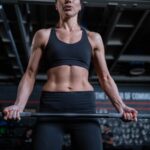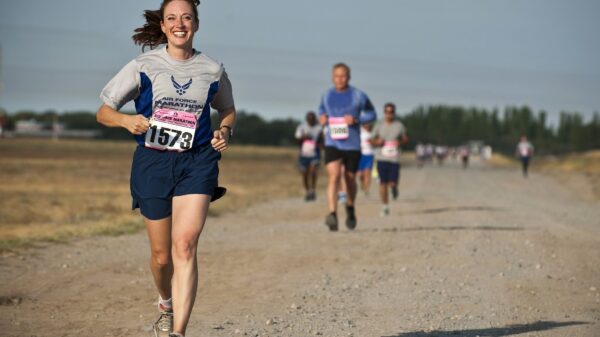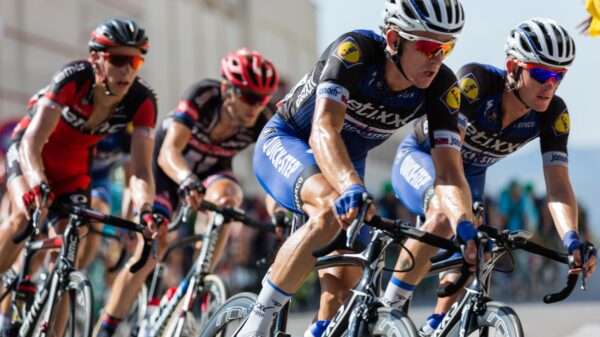Are you curious about yoga, but intimidated by the seemingly endless poses and terminology? Fear not! Yoga is for everyone, regardless of age or ability. In this beginner’s guide to yoga, we’ll break down the basics of important poses and explain their benefits. Whether you’re looking to improve flexibility, reduce stress, or simply try something new, this guide will provide all the tips and tricks you need to start your yoga journey with confidence. So take a deep breath in, let it out slowly and let’s get started!
Introduction to Yoga
Beginner’s yoga guide practice can feel like learning a new language. There are so many new terms, poses, and concepts to learn. This guide will introduce you to some of the basic concepts of yoga and get you started on your journey.
Yoga is an ancient practice that originated in India. It is a system of physical, mental, and spiritual disciplines that aim to bring about harmony in the individual and with the world around them. Yoga is not affiliated with any one religion, but it does have its roots in Hinduism and Buddhism.
The word “yoga” comes from the Sanskrit root yuj, which means “to yoke” or “to unite.” The goal of yoga is to bring aboutunion of the body, mind, and spirit.
Benefits of Practicing Yoga
The benefits of Beginner’s yoga guide numerous. From improving your flexibility and strength to reducing stress and promoting relaxation, there are many reasons to give yoga a try.
If you’re looking to improve your overall health, yoga is a great way to do it. Studies have shown that regular yoga practice can help reduce stress, lower blood pressure, and improve heart health. Yoga can also help you lose weight, increase your energy levels, and improve your quality of sleep.
even if you’ve never done it before.
Different Types of Yoga
There are different types of yoga for different purposes. The most popular types are:
Hatha Yoga: This type of yoga is slow-paced and gentle, making it a good choice for beginners. It focuses on basic poses and breath control.
Vinyasa Yoga: This type of yoga is faster-paced and more physically challenging than Hatha Yoga. It involves linking breath with movement to flow from one pose to the next.
Ashtanga Yoga: This type of yoga is very physically demanding, involving coordination, strength, and flexibility. It is not recommended for beginners.
Bikram Yoga: This type of yoga is conducted in a hot room to promote sweating and detoxification. It consists of 26 difficult poses that are performed in sequence over 90 minutes.
Iyengar Yoga: This type of yoga emphasizes precise alignment and props such as blankets, chairs, and blocks to help achieve the correct form in each pose.
Kundalini Yoga: This type of yoga focuses on breathing and meditation techniques to release energy from the base of the spine up through the crown of the head.
Commonly Used Poses and their Benefits
There are an endless number of yoga poses, but some are more commonly used than others. Here are a few of the most popular poses and their benefits:
1. Warrior I: This pose strengthens the legs and arms, opens the hips, and increases stamina.
2. downward facing dog: This pose lengthens the spine, relieves back pain, and stretches the hamstrings.
3. Cobra: This pose helps to open the chest and relieve stress. It can also help to alleviate back pain.
4. Triangle: This pose stretches the legs, hips, and sides of the body while strengthening the legs and lower back.
5. Camel: This pose helps to open up the chest and improve flexibility in the spine.
Tips on How to Get Started with Yoga
If you’re new to yoga, it can be daunting to know where to start. But don’t worry, we’re here to help! In this article, we’ll give you some tips on how to get started with yoga.
First, find a yoga class that’s right for you. If you’re not sure where to start, try a beginner’s yoga class or an easy-going hatha yoga class. Once you’ve found a class you’re comfortable with, commit to going at least once a week.
Second, get the right gear. You don’t need much to get started with yoga – just a mat and some comfortable clothing. However, if you want to invest in some extra gear, YogiApproved has a great list of recommended yoga products for beginners.
Third, create a home practice space. You don’t need a fancy studio or equipment to practice yoga – all you need is a quiet space in your home where you can focus on your breath and your practice. If possible, try to set aside at least 30 minutes each day for your home practice.
Fourth, make time for meditation. Meditation is an important part of the yogic tradition and can be very helpful for beginners. Try to set aside 5-10 minutes each day for meditation. You can meditate first thing in the morning or last thing at night – whatever works best for you.
By following these tips, you’ll be well on your way to
Sequences for Beginners
If you’re new to yoga, you may wonder which sequences suit beginners best. Here are a few fundamental yoga sequences to help you kickstart your practice:
1. The Sun Salutation: This sequence is a great way to warm up your body and get some energy flowing. It includes a series of 12 poses that are performed in a flowing manner.
2. The Warrior Sequence: This sequence is perfect for building strength and stamina. It includes a series of powerful poses that will challenge your muscles and get your heart pumping.
3. The Balance Sequence: This sequence is perfect for those looking to improve their balance and coordination. It includes a series of poses that require you to focus and maintain your balance throughout.
4. The Relaxation Sequence: This sequence is perfect for winding down at the end of the day or after a challenging workout. It includes a series of gentle stretches and calming breathing exercises that will help you relax both physically and mentally.
Alternatives to Traditional Yoga
If you’re not interested in traditional yoga, there are plenty of alternatives available. Aerial yoga, for example, uses a hammock suspended from the ceiling to support your body weight and allow you to perform aerial maneuvers that would otherwise be impossible. Acroyoga combines acrobatics and yoga poses, while power yoga is a more physically demanding form of traditional yoga. There’s also restorative yoga, which is a gentler form of yoga that focuses on relaxation. If you’re not sure where to start, try taking a few classes at different studios to see what style of yoga best suits your needs.
Conclusion
Yoga is a great way to improve your physical and mental health. There are many poses, benefits, and tips that can help you get the most out of your practice. Before starting any type of yoga regimen it is important to familiarize yourself with the basics so that you know which poses will be best for you as well as how to perform them safely. With this beginner’s guide, hopefully you have learned all the knowledge necessary to make yoga part of your daily routine. Namaste!










